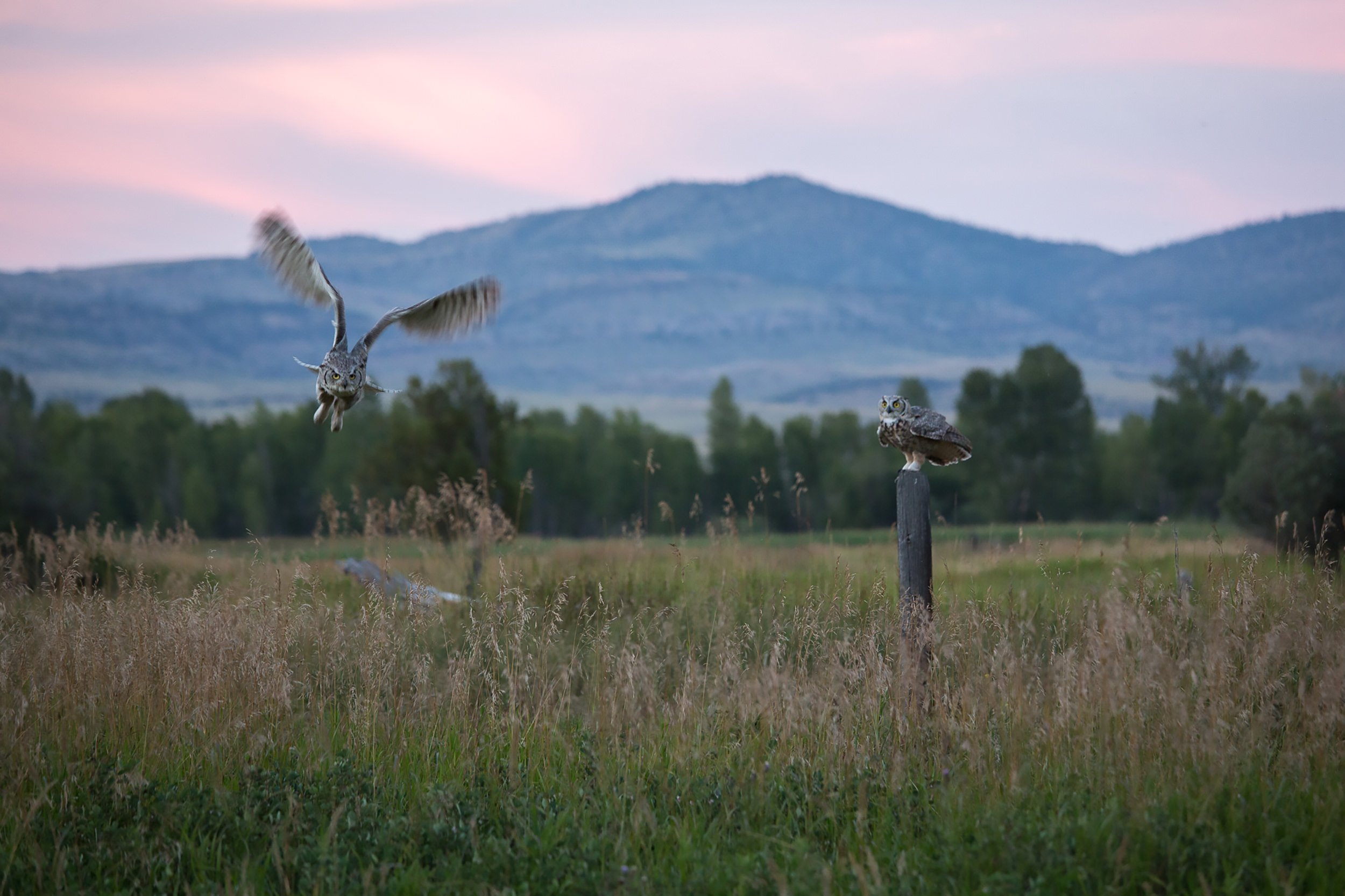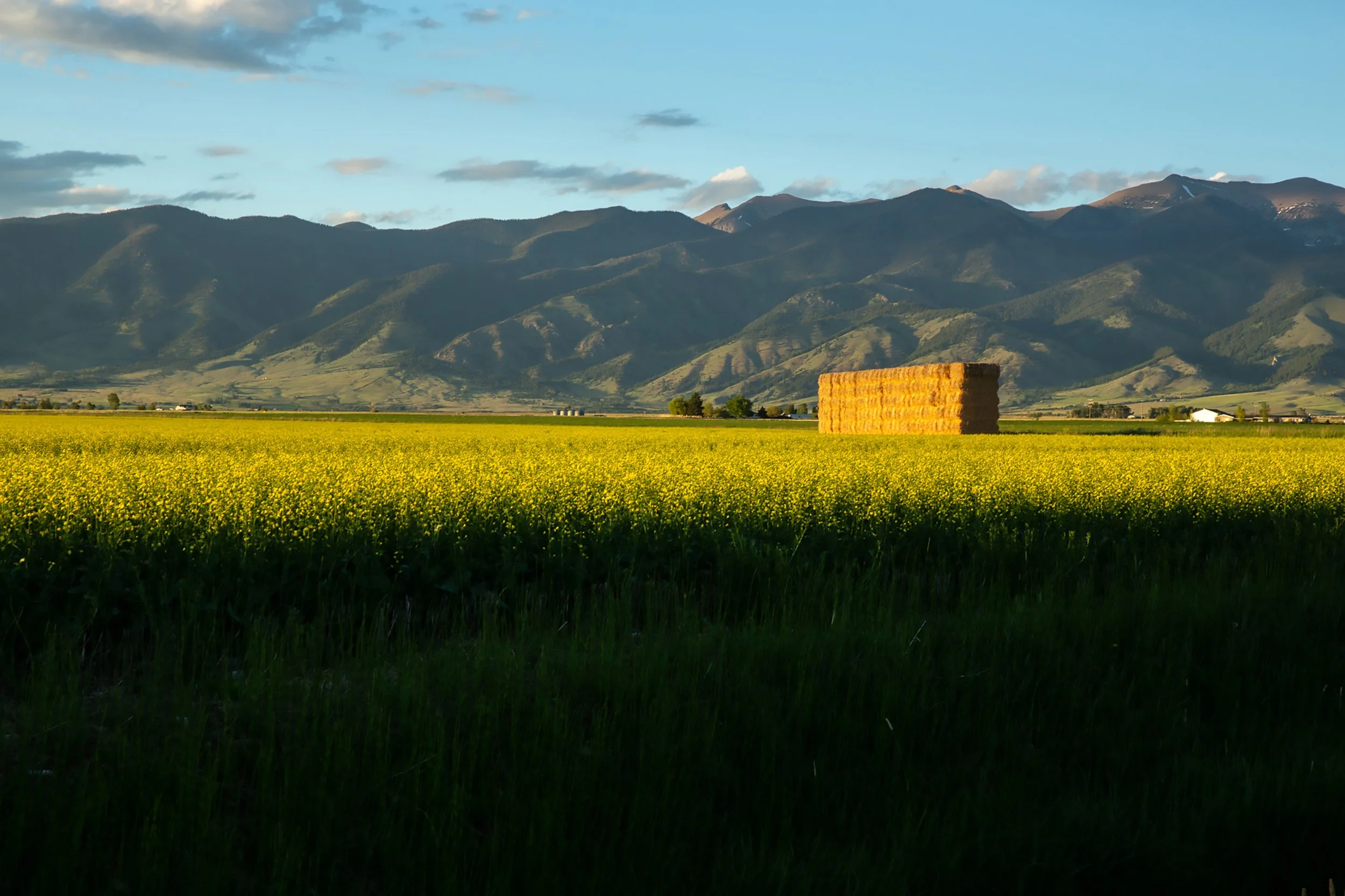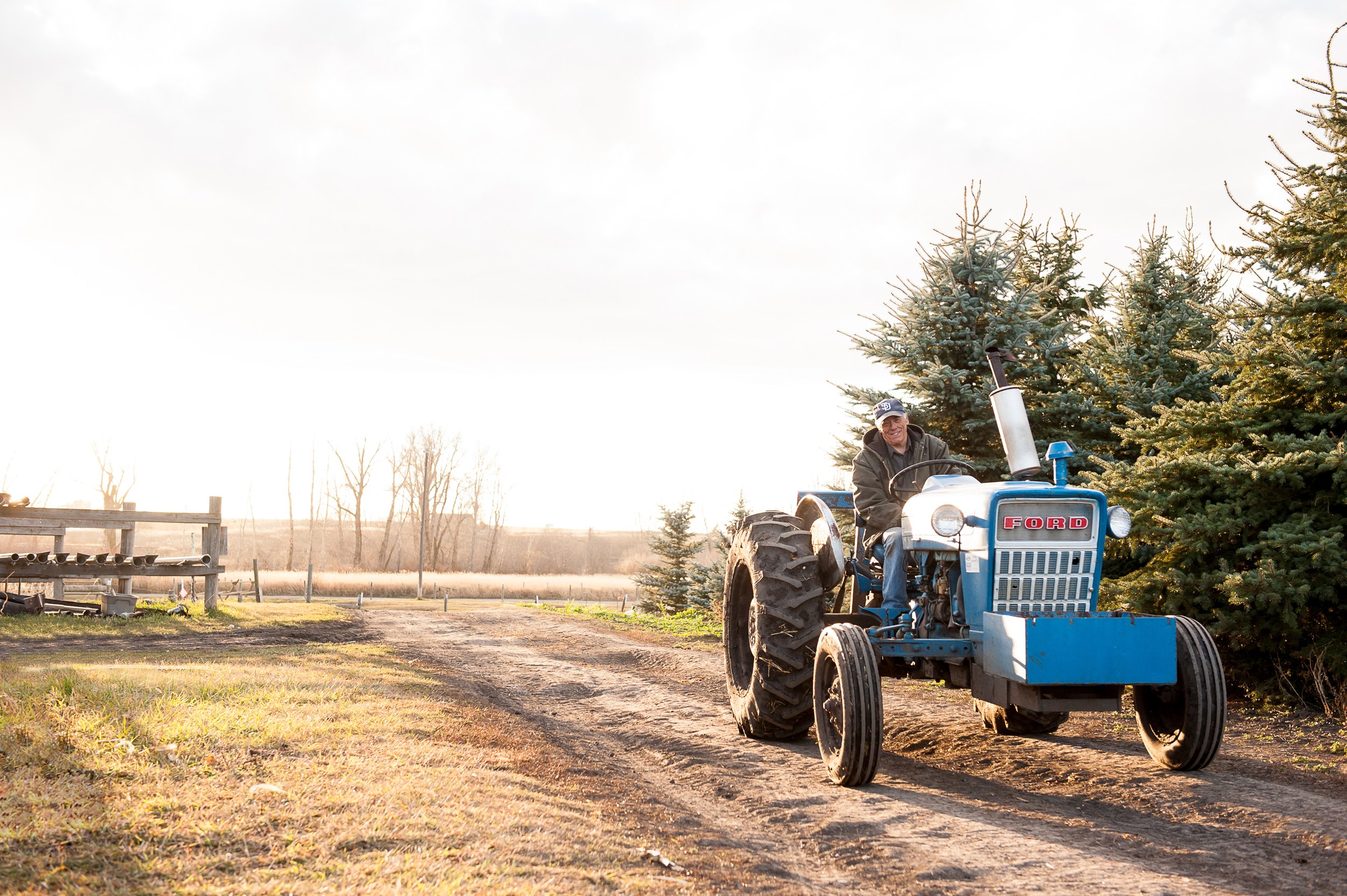
OUR LAND CONSERVATION PROGRAM
Partner With Us to Protect Your Land
We know Montana landowners have a special connection to the land. Whether your family has been farming or ranching here for generations, or you recently homesteaded your own corner of paradise, we seek to partner with thoughtful landowners with a far-reaching vision and a commitment to conserving open lands.
Together, we can preserve what makes Montana so special through the use of conservation easements—one of the most efficient and effective tools for permanently protecting working farms and ranches, scenic open space, critical wildlife habitat, and clean water.

What Is A Conservation Easement?
A conservation easement is a voluntary agreement that protects natural resources from unwanted development and fragmentation. Land under easement remains private property. The landowner retains ownership and can continue to live on the land and use it for farming, ranching, forestry, recreation, education, or other activities that sustain its resources. The land can be sold as real estate or passed on to heirs. The conservation easement transfers with it, protecting the land forever.
Once you create an easement with GVLT, we remain available to provide advice, resources, and support, and ensure that your vision for the land is forever carried out, even if the property changes hands.

Landowner Benefits
From large working farms and ranches to small creek-front parcels, we have helped landowners protect their way of life, preserve precious natural resources, and ensure they will be able to pass their land on, intact, for generations. GVLT will work with you to create an easement that meets your specific goals.
Potential landowner benefits include:
-
If you donate your easement to a qualifying organization like GVLT (and meet other requirements), its value can be considered a charitable gift and can provide federal income tax deductions.
-
For certain projects, GVLT can apply for funding to pay you for a portion of your conservation easement’s fair market value through programs such as the Gallatin County Open Lands Program and the National Resources Conservation Service (NRCS) Agricultural Conservation Easement Program.
-
Conservation easements are a tool that families can use to potentially reduce estate taxes associated with intergenerational transfers of land. This can help future generations hold on to family lands without having to sell them off to pay estate taxes.
-
GVLT supports landowners to achieve property goals by providing current resource management information; opportunities to access grant funding for agricultural improvements, resource restoration, and habitat enhancements; and connections with technical advisors and contractors. Learn more about our commitment to value-added Stewardship.
